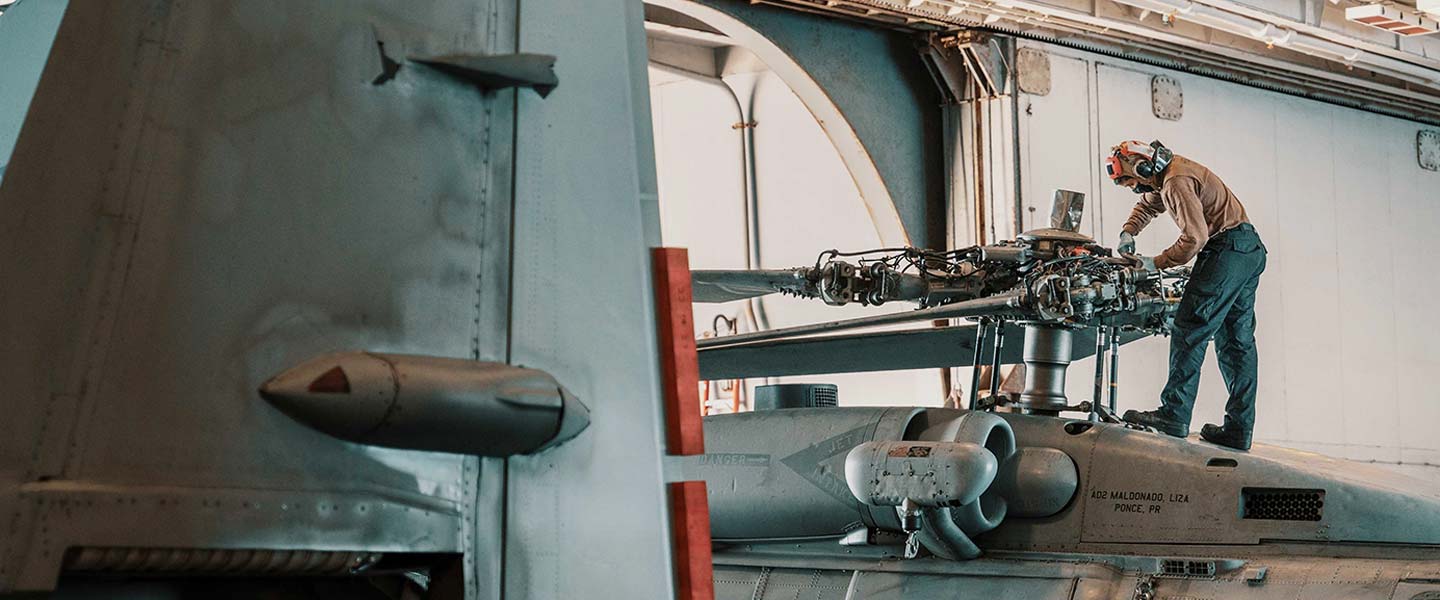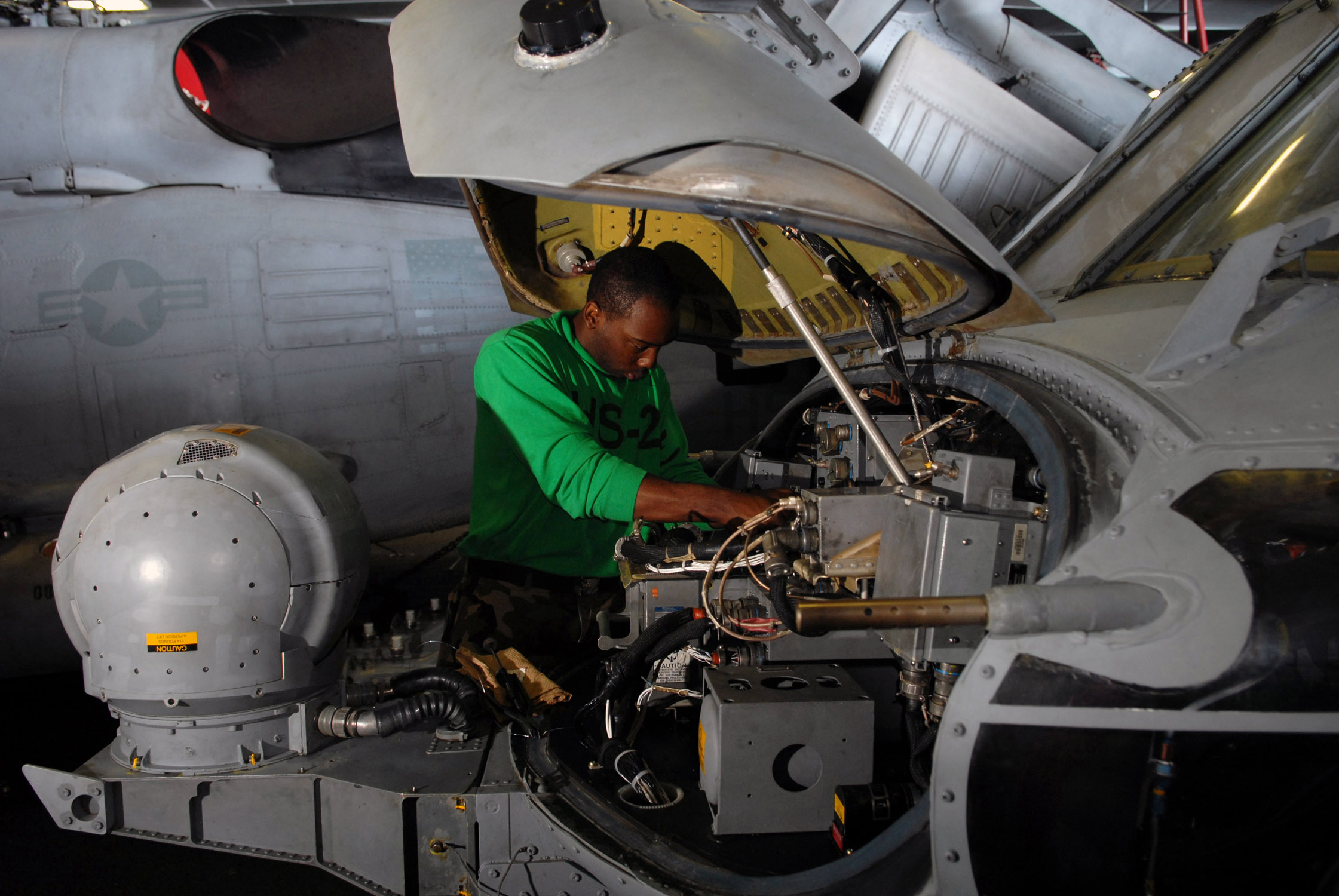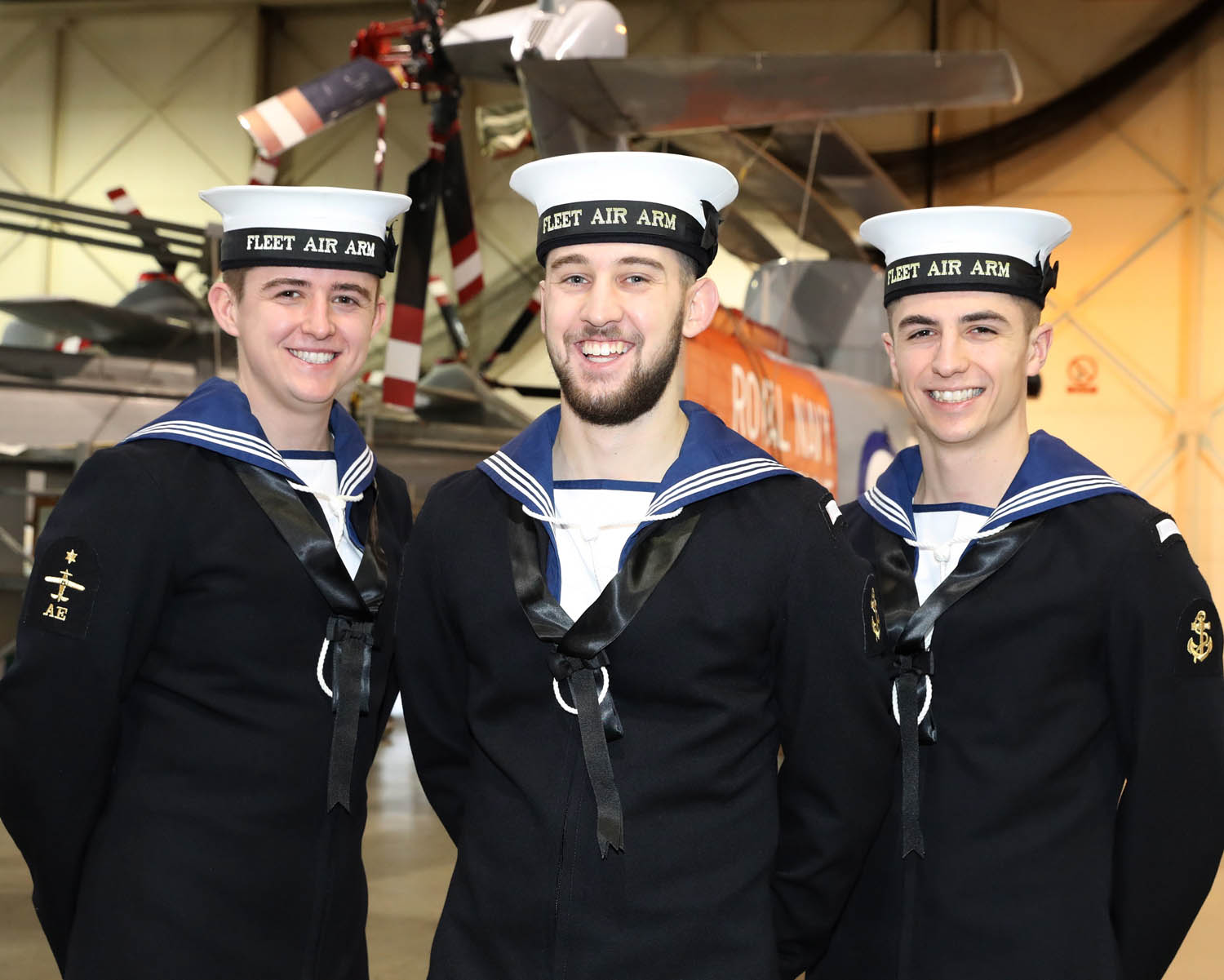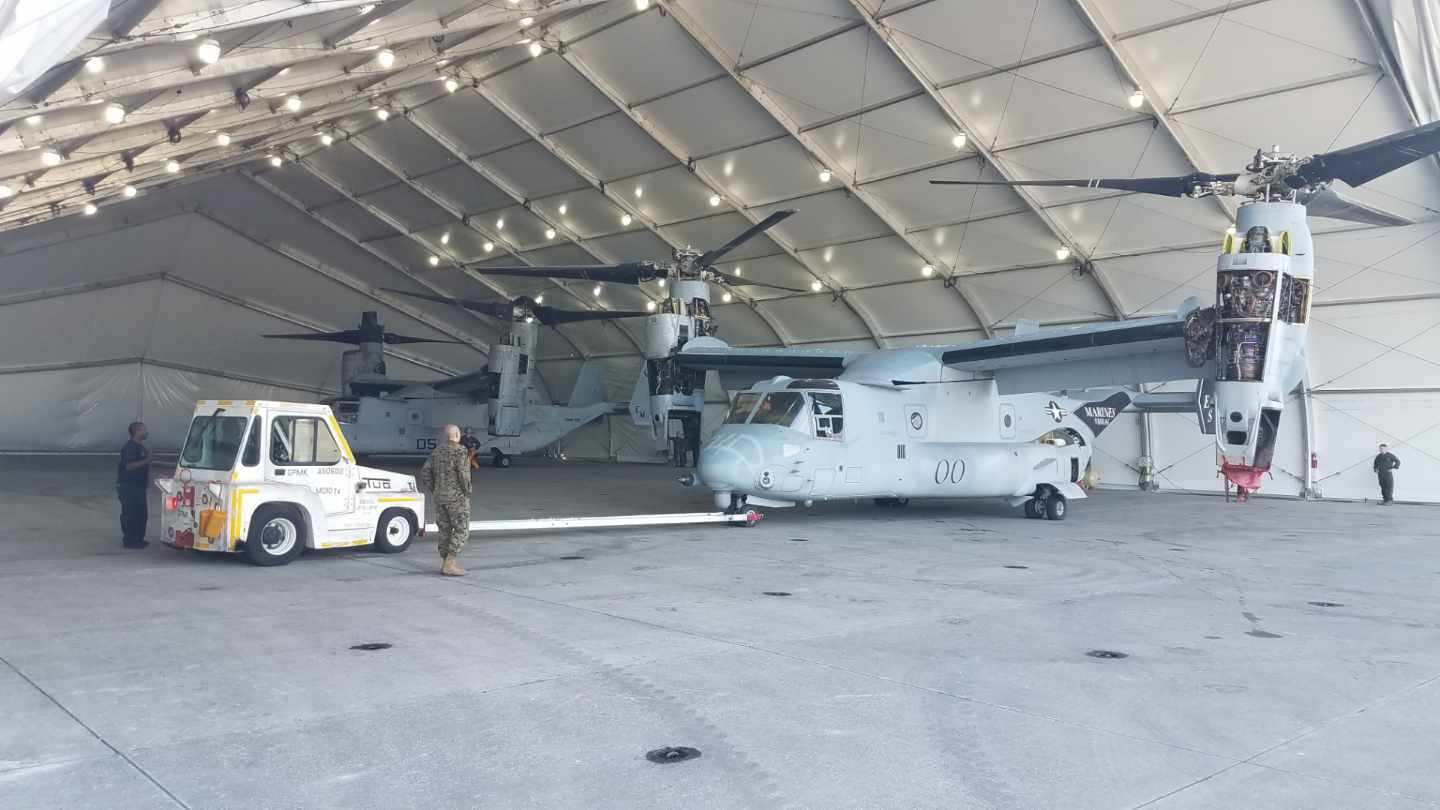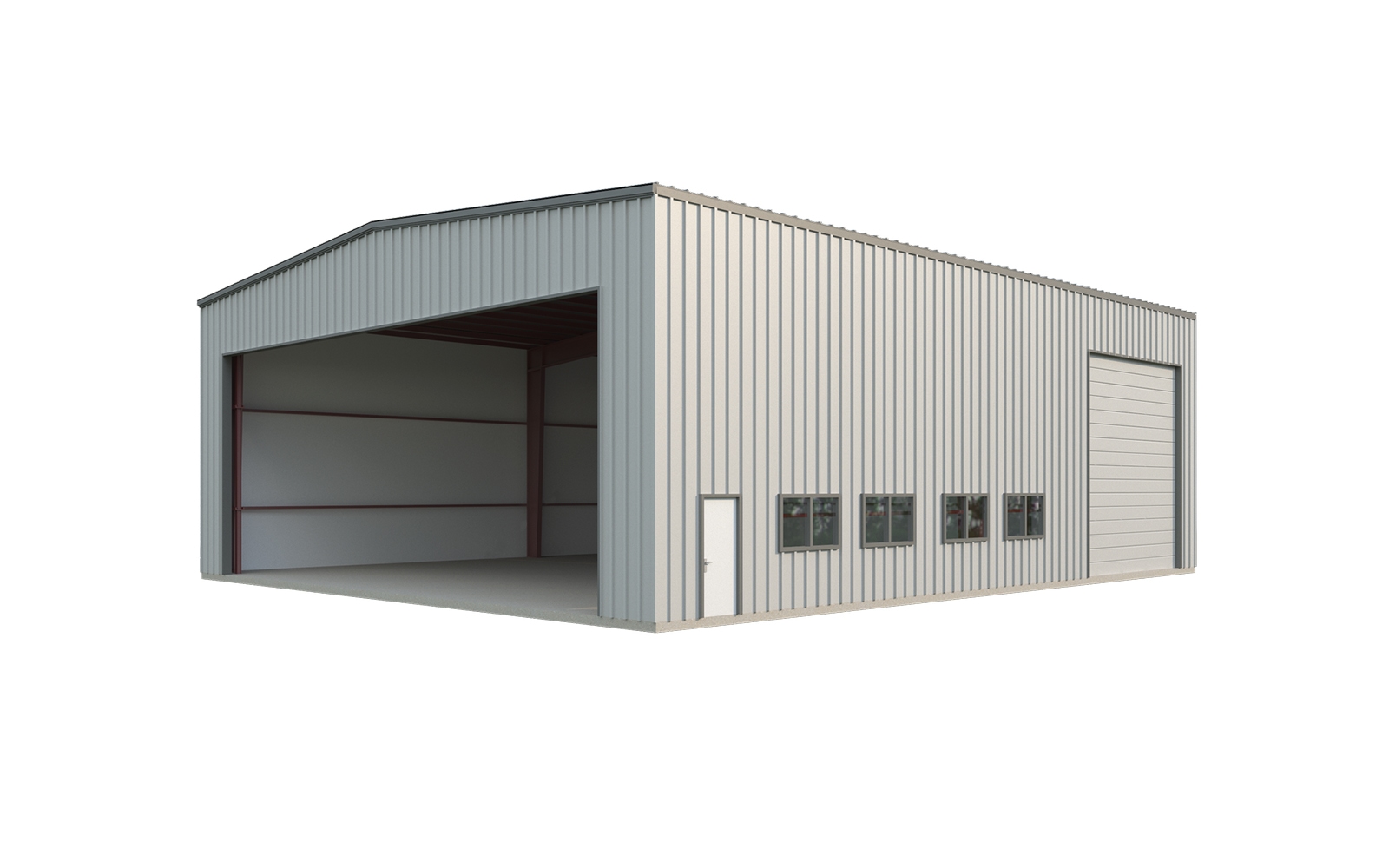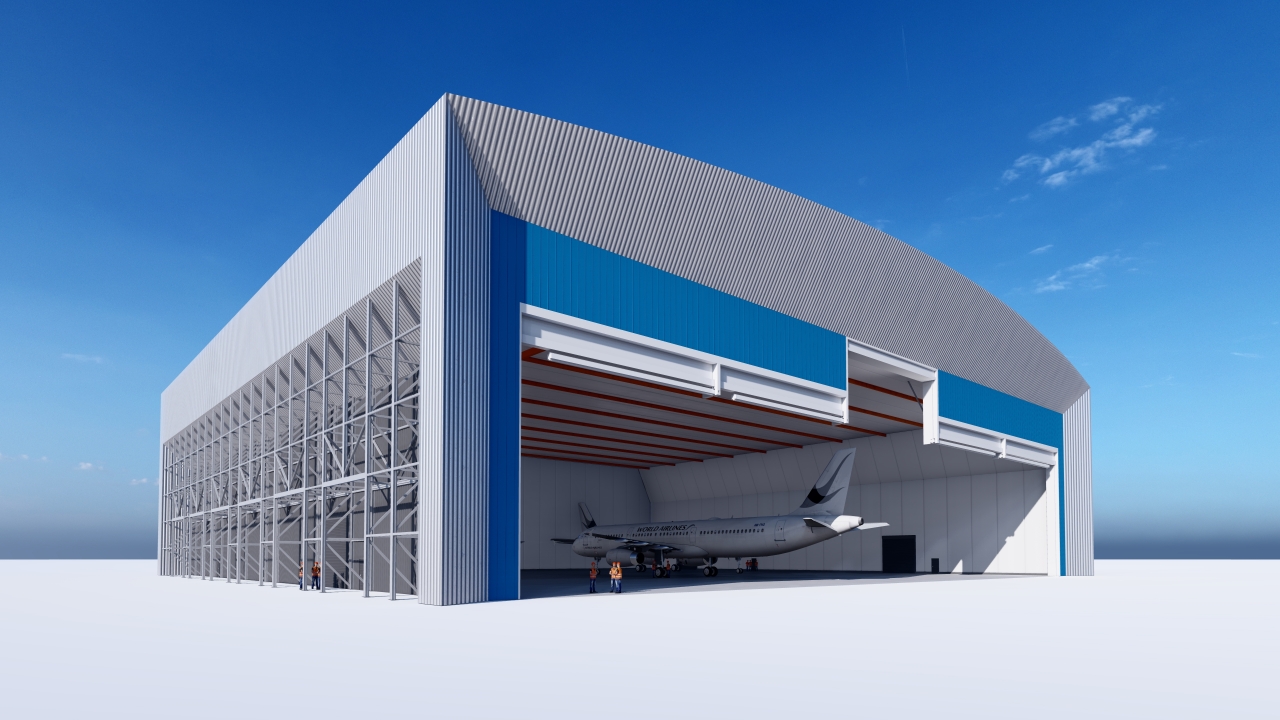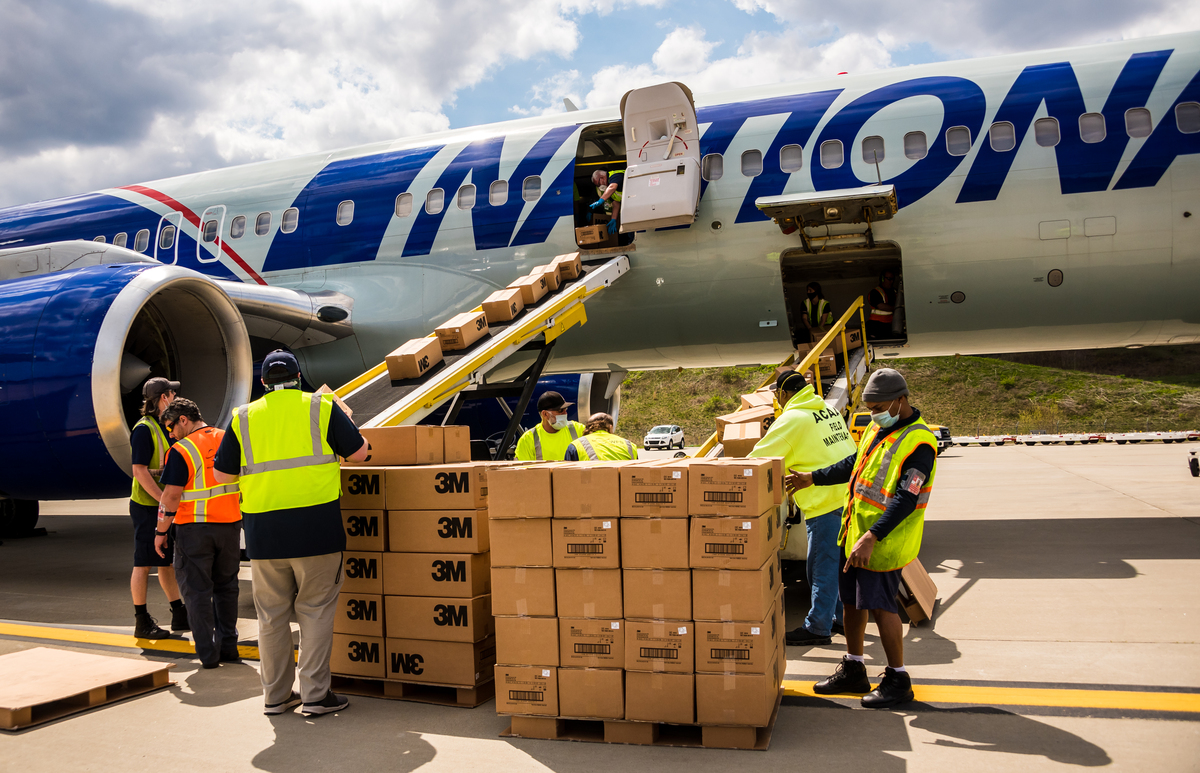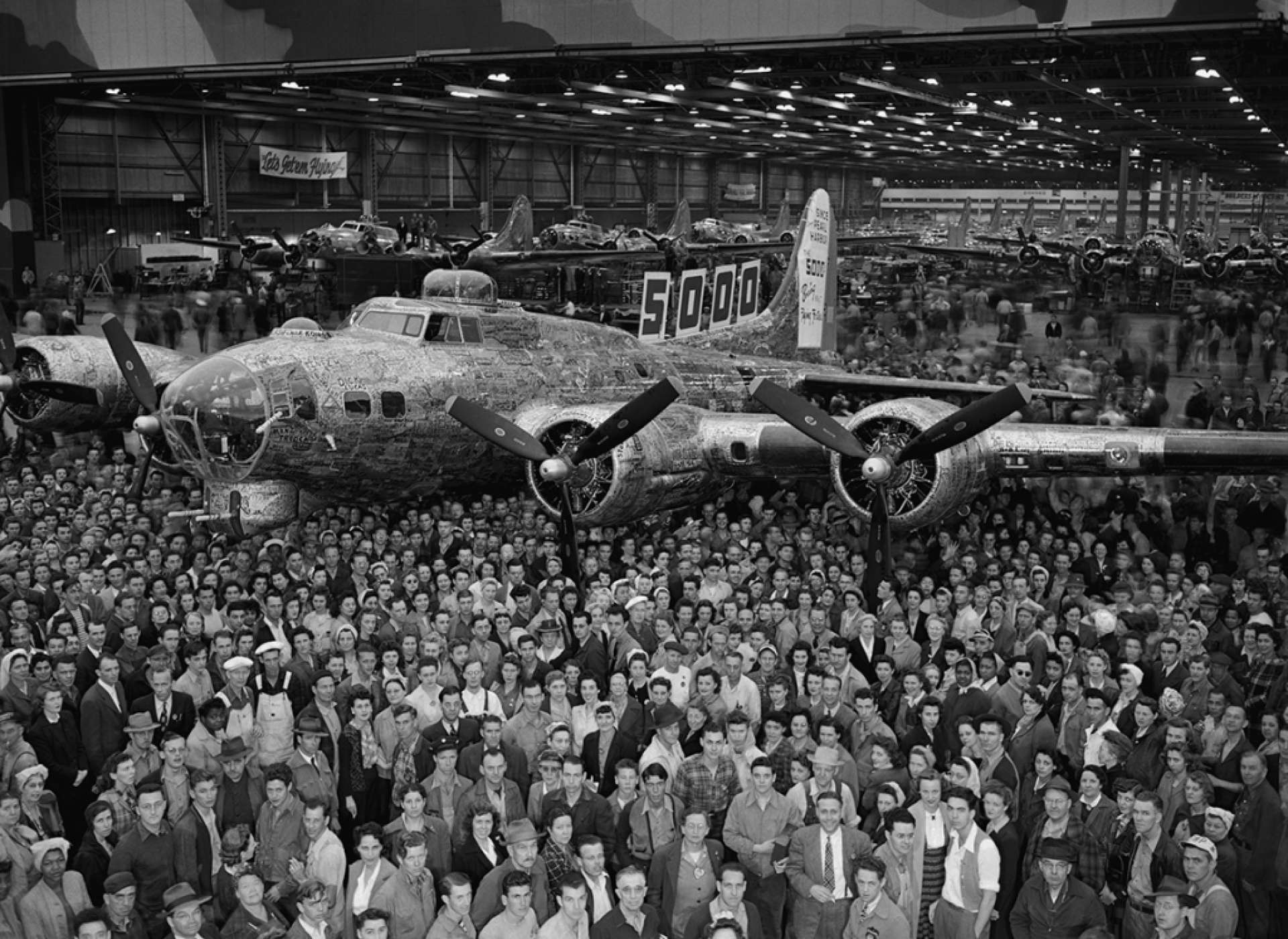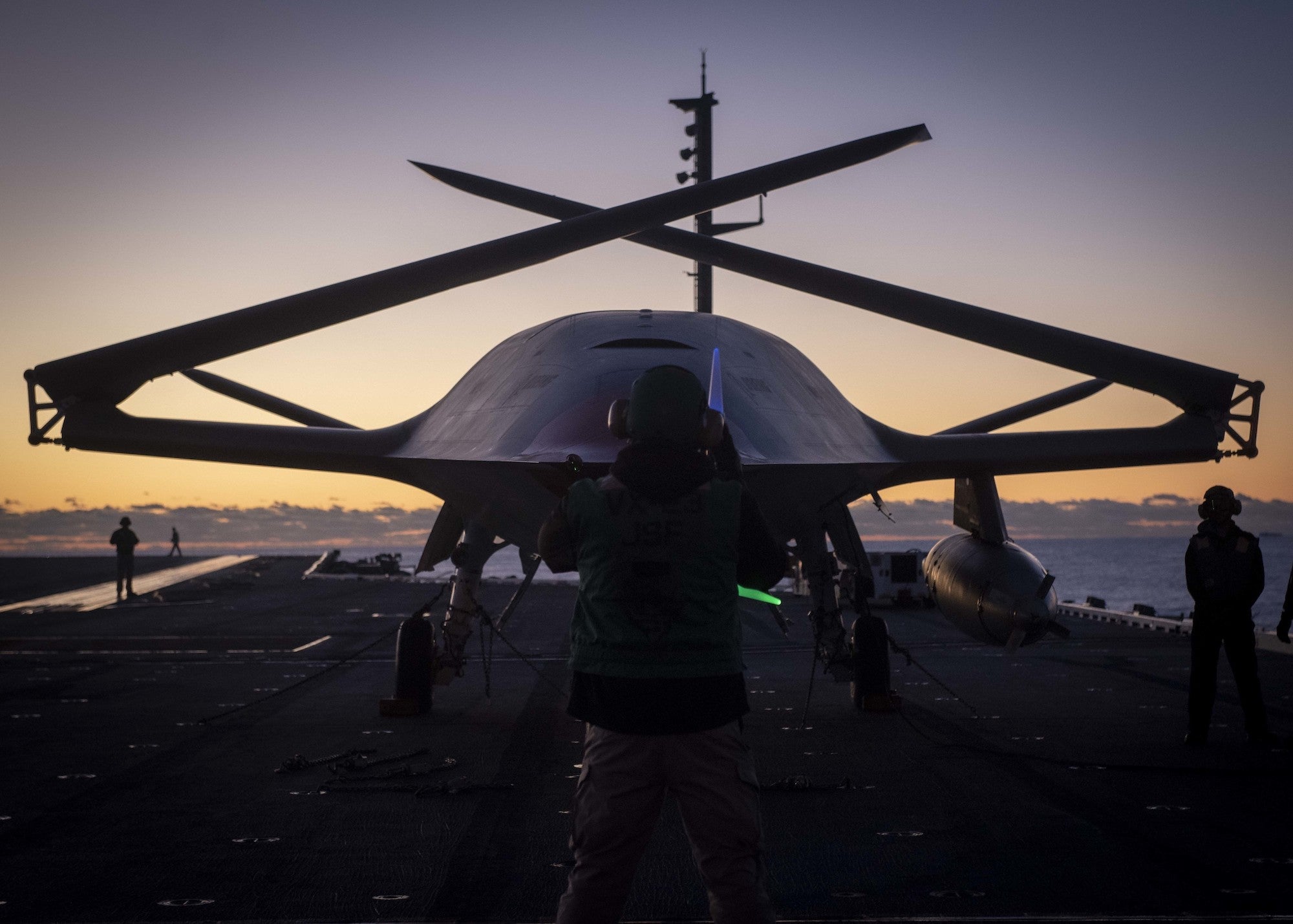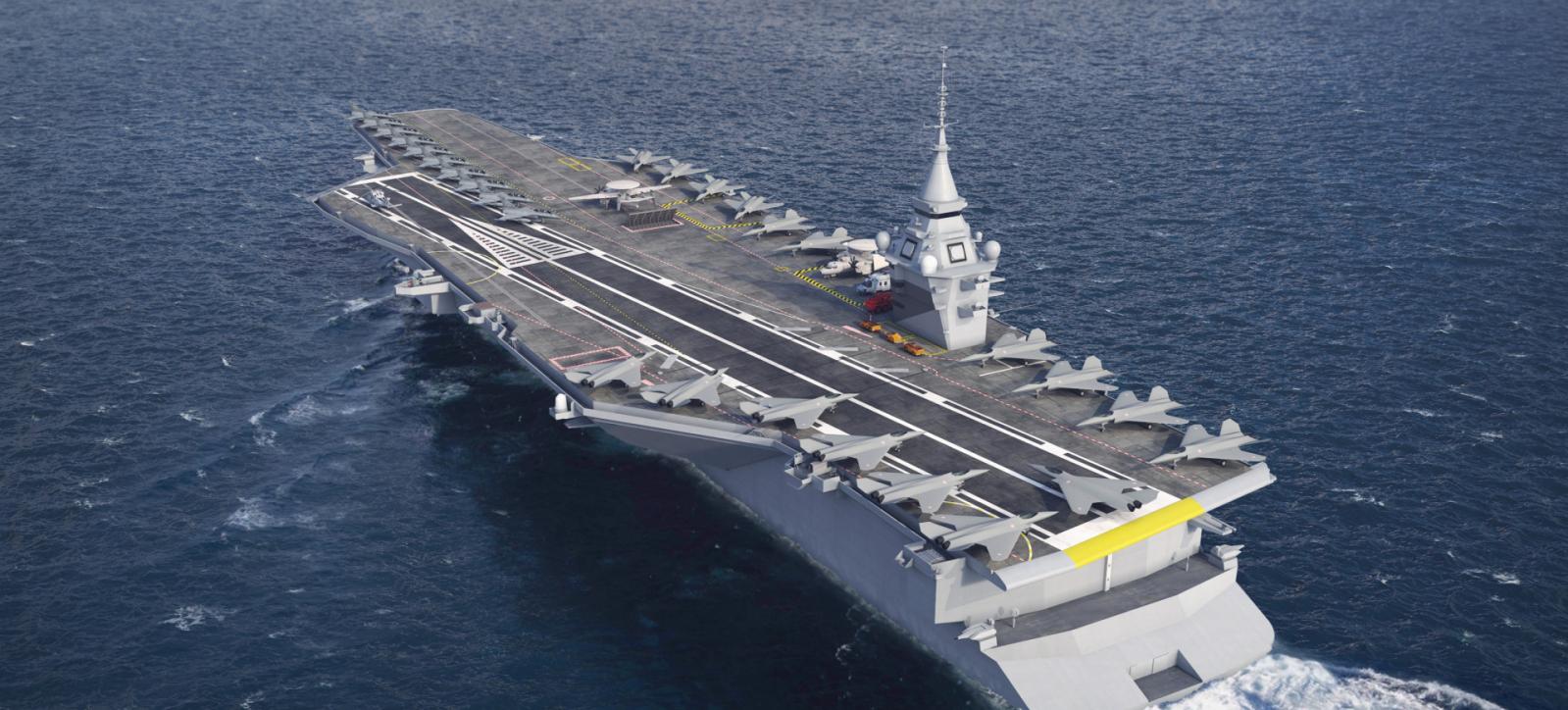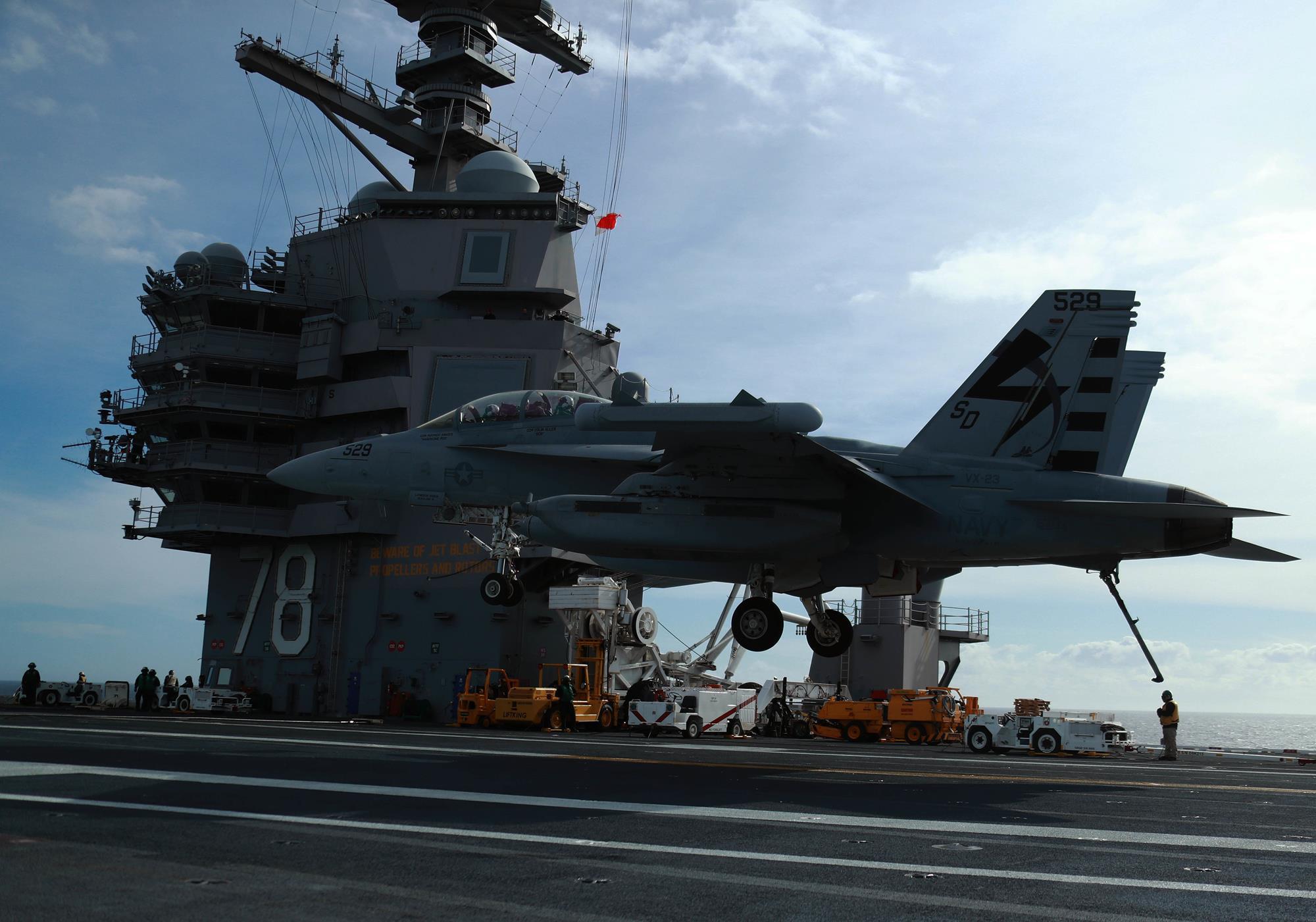Model Aircraft Design Software - “I like to think of VSP as sort of a 3D version of a napkin,” says McDonald, who worked with Hahn and Moore on the software and now leads the development. "When you're in the early phase of the design process, you can very quickly and cheaply and easily build a 3D model that's not only good enough to communicate your idea but good enough to do real engineering calculations with."
Previously, all design analysis capabilities relied on building analysis-specific geometries that were distillations from the fully defined master that had to be recreated and tweaked if any one input was modified. But the people being asked to create these meta-geometries weren't specialists in this area, says Hahn.
Model Aircraft Design Software

“Their job was to do computational fluid dynamics or structures. We wound up starting to do things like creating front-end interfaces for aircraft, but we quickly figured out we would need to have a different graphical interface for every single one of these things.
And Many More Great Features
That was just kicking the can down the road.” FreeCAD equips you with all the right tools for your needs. You get modern Finite Element Analysis (FEA) tools, experimental CFD, dedicated BIM, Geodata or CAM/CNC workbenches, a robot simulation module that
allows you to study robot movements and many more features. FreeCAD really is a Swiss Army knife of general-purpose engineering toolkits. CAD programs were intended to mimic the process of machining in order to create something new, but their ability to render any idea in 3D comes at the cost of convenience.
"The more arbitrariness you build in, the harder it is to actually build or modify whatever model you're creating," he says. Silicon Valley programmer J.R. Gloudemans, professor at CalPoly San Luis Obispo Robert McDonald, conceptual aircraft designer Andrew Hahn, and Mark Moore, chief technologist for on-demand mobility, Hahn and Moore being at NASA's Langley Research Center, have developed an open source program that allows anyone with a
computer, from NASA to hobbyists to the aircraft industry, to try their hand at designing aircraft. He sees designers at places like Boeing who want to use GoCart going instead to OpenVSP because it's easier to learn and free to download and get started.

Designed For Your Needs
Previously, these designers could not conduct performance evaluations on early designs because creating the 3D model was too complicated. “CAD was too generic for how these designers thought, was not well-suited for optimization, and was too expensive,” Johnson says.
Boeing's internal software "might define shapes in terms that are intuitive to the designer, but OpenVSP does this as well with greater accessibility and ease of use." FreeCAD is designed to fit a wide range of uses including product
design, mechanical engineering and architecture. Whether you are a hobbyist, a programmer, an experienced CAD user, a student or a teacher, you will feel right at home with FreeCAD. Johnson says his company is a big fan of OpenVSP because it has “an enormous amount of capability.
In some way, you can think of OpenVSP as democratizing concept development across aerospace companies large and small. It's gaining its own momentum." “You go in and very quickly build a 3D model that looks like the aircraft you have in mind, then go and run industrial-strength or research-strength calculations on it to figure out what's the lift and drag on the idea,” McDonald says
Freedom To Build What You Want
. And it's not just limited to aerospace: OpenVSP is surprisingly flexible, and McDonald's envisions uses for buildings, vehicles, rockets, maybe even NASA's next crew vehicle. “OpenVSP opens up the capability of rapid 3D modeling to the entire industry without having to overcome the barrier of needing to create the tool yourself, dedicate months to learning how to use it, or spend significant resources to commission the tool's creation and maintenance,”
Johnson says. Further, the open source nature of the program "allows the entire industry to benefit from each incremental improvement that developers contribute." “PhD students used to have to write their own crude modelers to do cutting-edge aerodynamic analysis,” Johnson says, resulting in a “gap between what you did on a spreadsheet and what you did before” going into CAD.

You can also loft ribs if you want to develop your wings with a progressive airfoil shape that changes from the root to the tip. Start with the wing planform, and the rib placement. Make sure the ribs are evenly spaced.
The stack the airfoils and divide into a number of stations. "The key is to have just a few parameters that let you make huge changes to the shape in a meaningful way," added Moore. "Most people, if you show them a wing, they can recognize it as a wing.
Want To Contribute To Freecad?
There are many different kinds of wings, but there are certain parameters that describe objects that all share that function. That's what we're doing. We're allowing people to change those relatively small number of parameters and be able to generate pretty much any wing that's out there."
After developing your front, side and top view of your model, you have to make sure they all scale with each other. This is important before you start developing the plans' details and add the spars, formers, ribs etc.
The old saying about the inability to build a better mousetrap could also apply to aircraft design tools. For years, the best, and maybe only, way to dream up a realistic new aircraft design was to use computer-aided design (CAD) software, an expensive and regimented class of programs accessible only to professional engineers or engineering students.
Hobbyists and others were mostly left out, and even those who had access to CAD tools were limited in their ability to be creative, as some parameters of fuselage, airfoil, and engine concepts were difficult to represent and couldn't be modified without extensive re

Accessible Flexible Integrated
-work. FreeCAD is an open-source parametric 3D modeler made primarily to design real-life objects of any size. Parametric modeling allows you to easily modify your design by going back into your model history and changing its parameters.
Colin Johnson, chief commercial officer of Desktop Aeronautics Inc., an aircraft design software company in Palo Alto, California, that sells a rapid aerodynamic simulation tool called GoCart, based on a program developed at NASA called Cart3D, sees that OpenVSP is helping to change
how the industry designs aircraft. The early phases of designing aircraft used to be just numbers on a spreadsheet, with imaging software coming in to play later in the process. I have been using Ashlar's Graphite CAD program ever since it was first introduced.
The program is in my opinion, the easiest and quickest CAD program to learn. I have designed many RC airplanes using Graphite and I am now using version 9. This project is supported by: , KiCad Services Corp.
Create D From D Back
and other sponsors This CAD Kaos was the first design that I traced into CAD. I then simplified and added modern hardware to the design. It turned out to be a great flying airplane just like the original Kaos 60.
Using the spline tool, connect the dots and you develop the individual ribs. Start from the rear end point and work forward on the rib to the leading edge. Remove the station and projection lines and you have the ribs above.

Here's the wing planform and the ribs. Now you would work inward and add the notches for the spars and the other details like the wing skin and dihedral braces, trailing edges leading edges, etc.
What makes OpenVSP different isn't just its capability to change related geometries with a single modification but also the fact that it's free to download and use for anyone with an interest in it. NASA developed the basic program more than a decade ago, and since it was released as open source software in January 2012, it has been downloaded an estimated 50,000 to 60,000 times.
FreeCAD is a truly open source project and if you would like to help fix bugs, implement new cool features or work on the documentation, we invite you to join us and create a software that benefits the
whole community. Connect the station lines from the tip to the root rib. Then divide these lines by the number of ribs you want. If you want 10 ribs, then divide the lines into 10 equal sections.
Most aircraft companies use commercial CAD packages to design their products. Some of those aircraft companies, including Boeing and Gulfstream, who sought competitive advantage from their conceptual design capabilities, developed their own proprietary CAD-free geometry software.
Now a growing number of companies, universities, and Government agencies are leveraging these advantages in their own design processes, but are doing so with OpenVSP rather than their own homegrown solution. Along the way, bigger players in aircraft design realized they could harness the power of shape optimization through parametric CAD-free geometry modeling tools, but those are often difficult to use for anyone other than the original developer, he says.
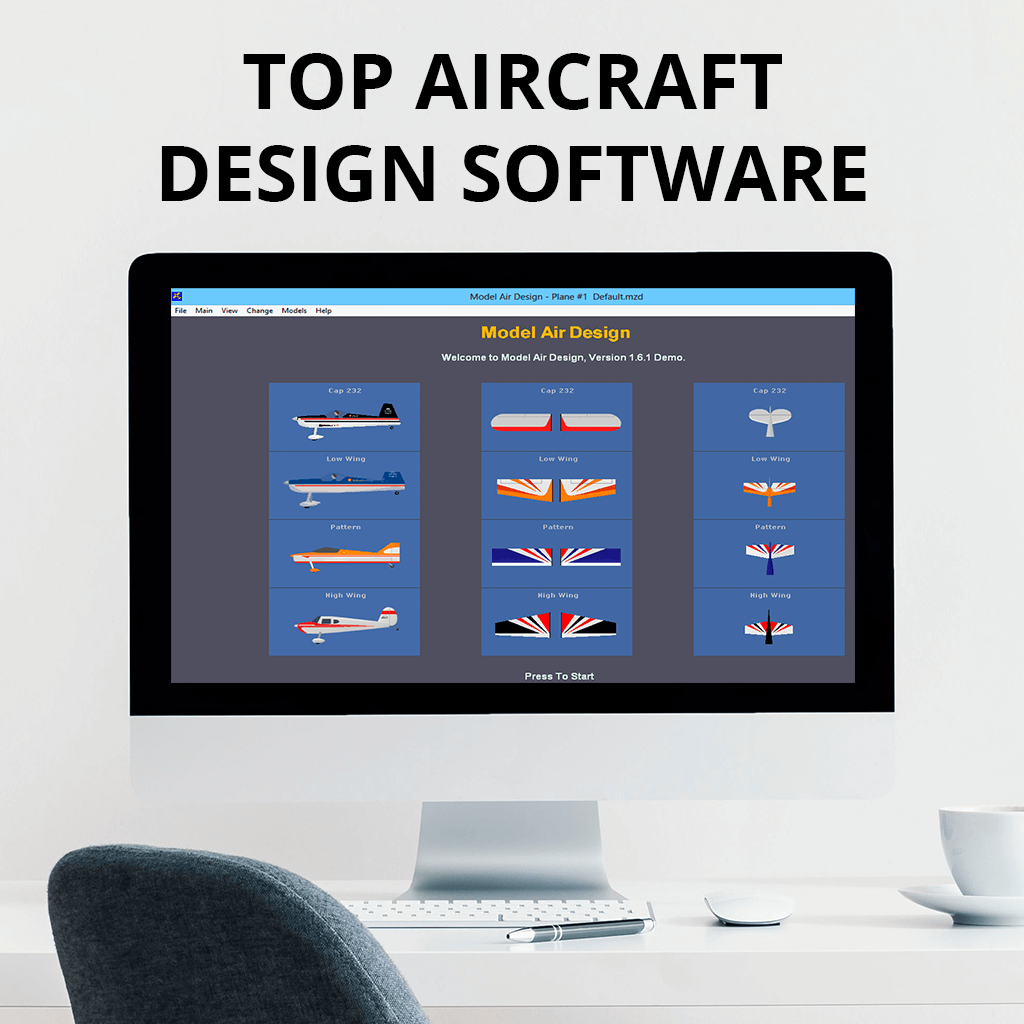
"It's a wonderful situation from NASA's perspective, because we still get the benefit of this program continuing to evolve to meet our needs without it having to be done through strictly internal dollars and development efforts," Moore says.
Hahn and Moore wanted to create something between CAD and having to restart the modeling process every time a change to the geometry or analysis method was made; something that was "generic and had enough flexibility to where we could generate a whole bunch of different geometries for analysis, but not so complex that it was hard to use and you'd need a professional guy to do just that," Hahn says.
OpenVSP, by contrast, allows changes to be made throughout an entire design when a single parameter is modified. The program works best with general concepts or designs, rather than trying to recreate specific vehicles. Someone wanting to make a socket set, or wine glasses, for example, can define basic parameters that describe those items and then modify them to create something that will serve the same purpose but have a different look, based on the specific dimensions of the input.
One of the best tools I've ever discovered while being involved in RC scale modeling, are Computer Aided Design (CAD) programs. It opened an entirely new segment of modeling to me, while also greatly increasing the precision in which I designed and developed scratch build scale airplanes.
I have been using CAD programs now for more than 20 years and this post is an online version of my presentation for drawing 3-views and developing plans to build RC airplanes. FreeCAD is a multiplatform (Windows, Mac and Linux), highly
customizable and extensible software. It reads and writes to many open file formats such as STEP, IGES, STL, SVG, DXF, OBJ, IFC, DAE and many others, making it possible to seamlessly integrate it into your workflow.
“I use it every single day and I simply wouldn't be able to do my job without this tool,” Moore says. But it's also “perfect for those garage innovators. Anyone can pick up this tool and, within an hour, put together a decent 3D aircraft model.”
FreeCAD allows you to sketch geometry constrained 2D shapes and use them as a base to build other objects. It contains many components to adjust dimensions or extract design details from 3D models to create high quality production ready drawings.
model airplane cad software, aircraft design software free download, rc plane design software free, best aircraft design software, free model aircraft design software, ads aircraft design software, rc aircraft design software, open source aircraft design software


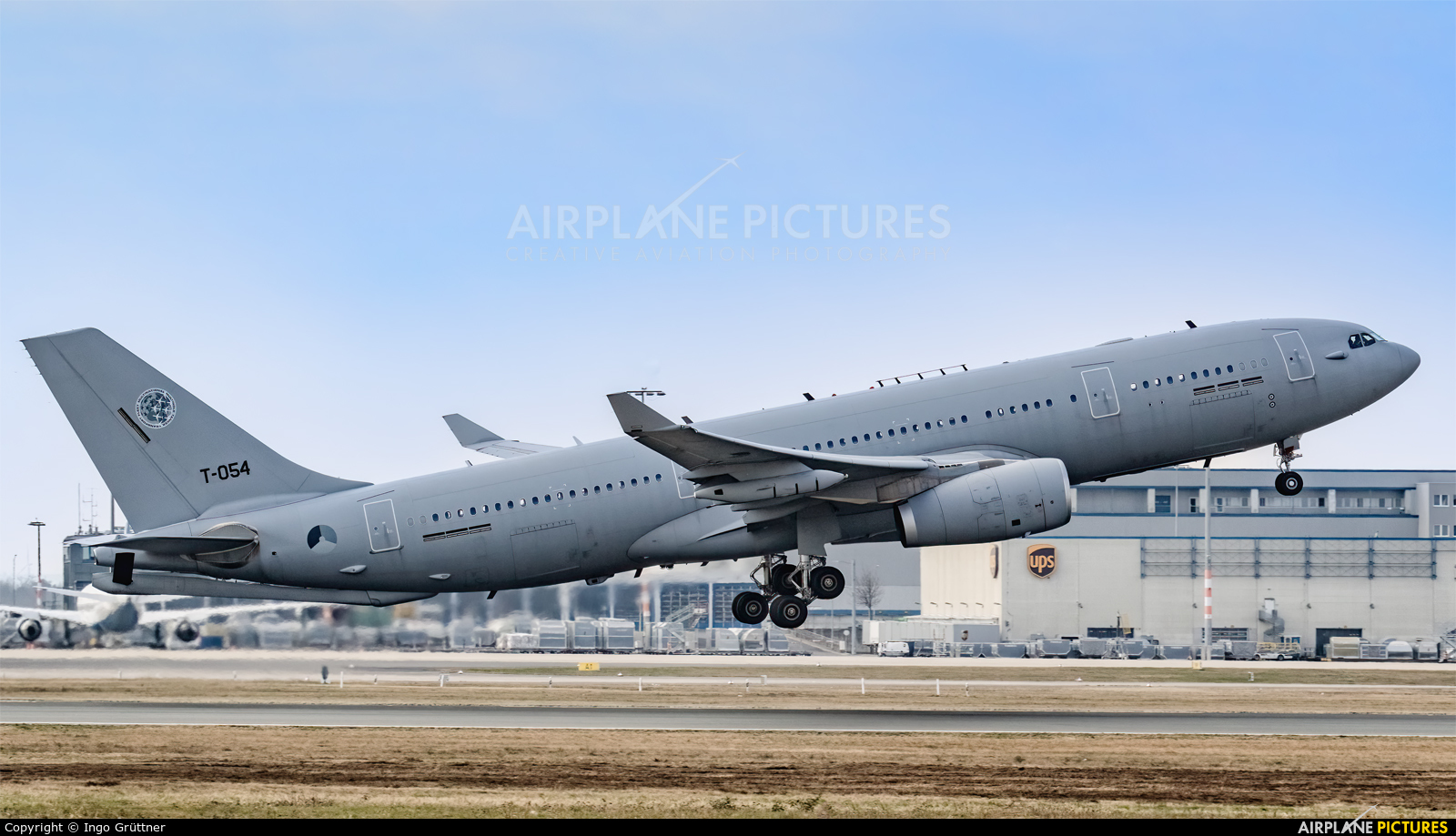
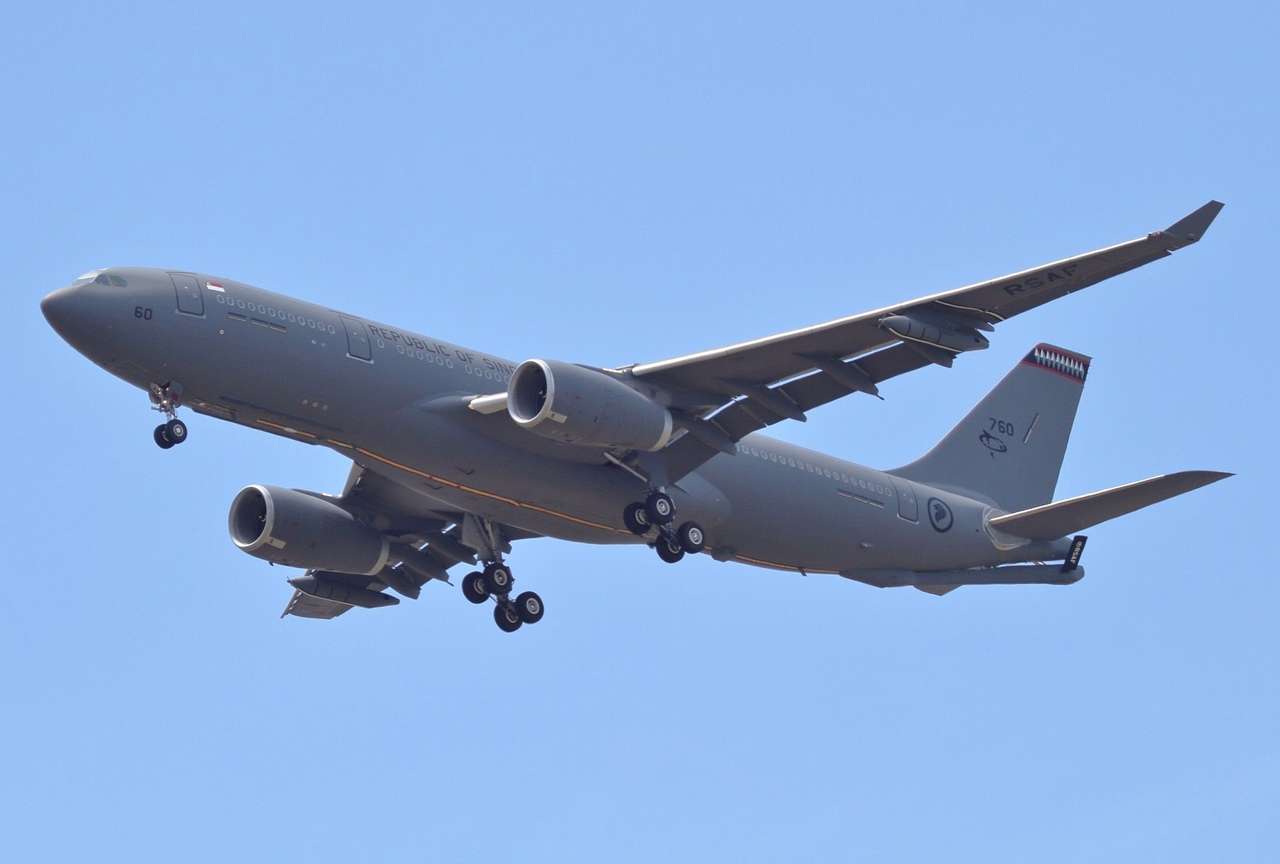

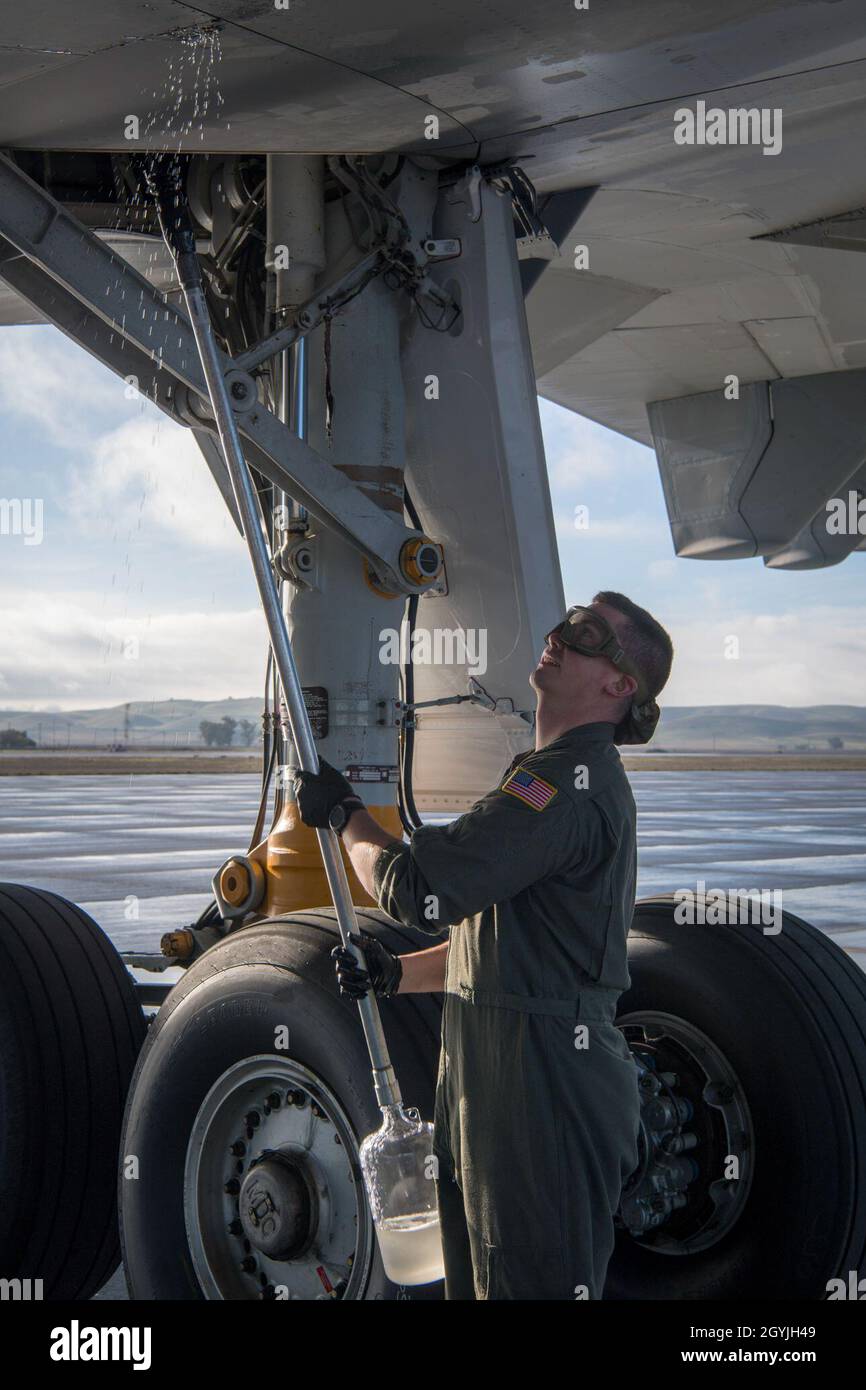


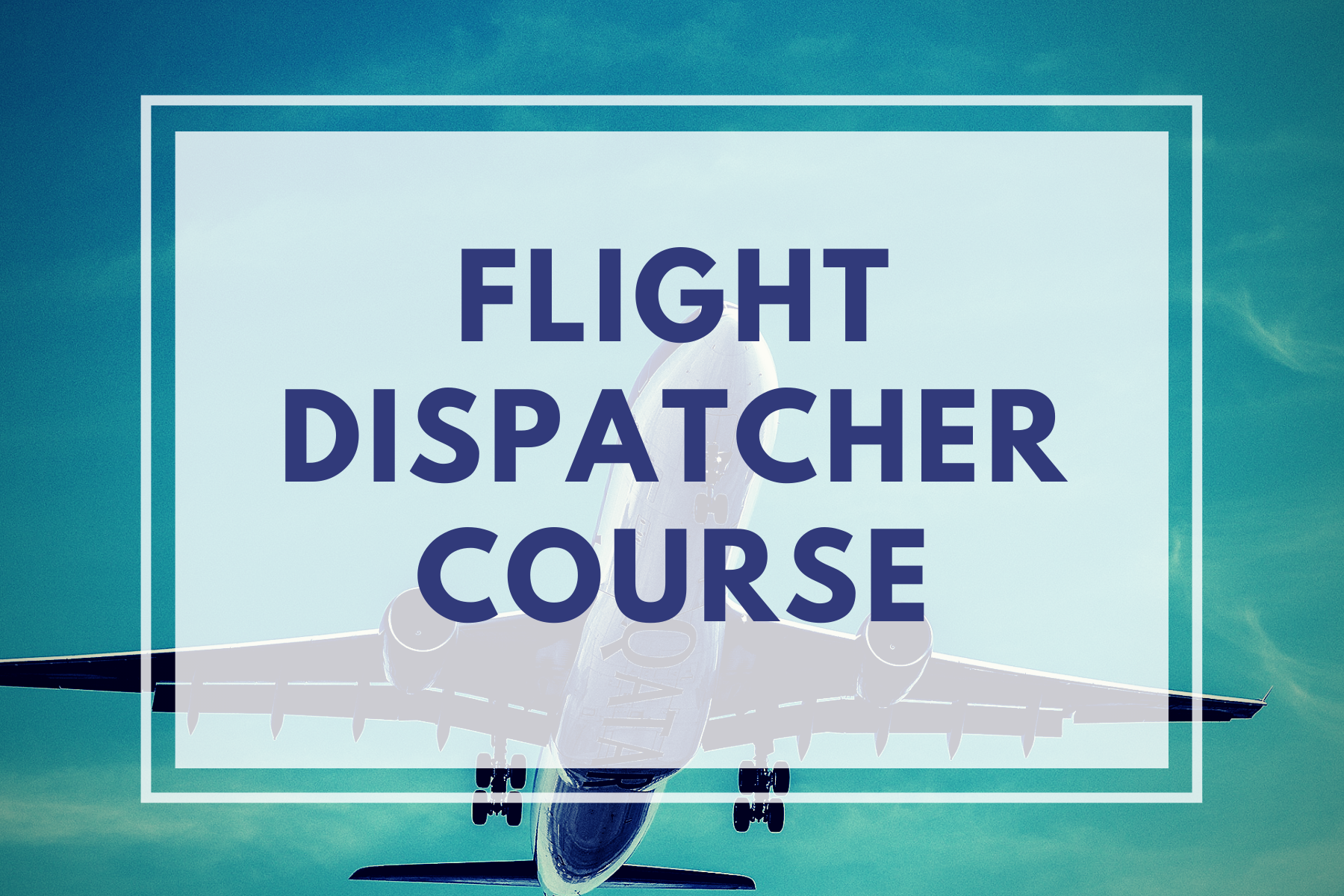
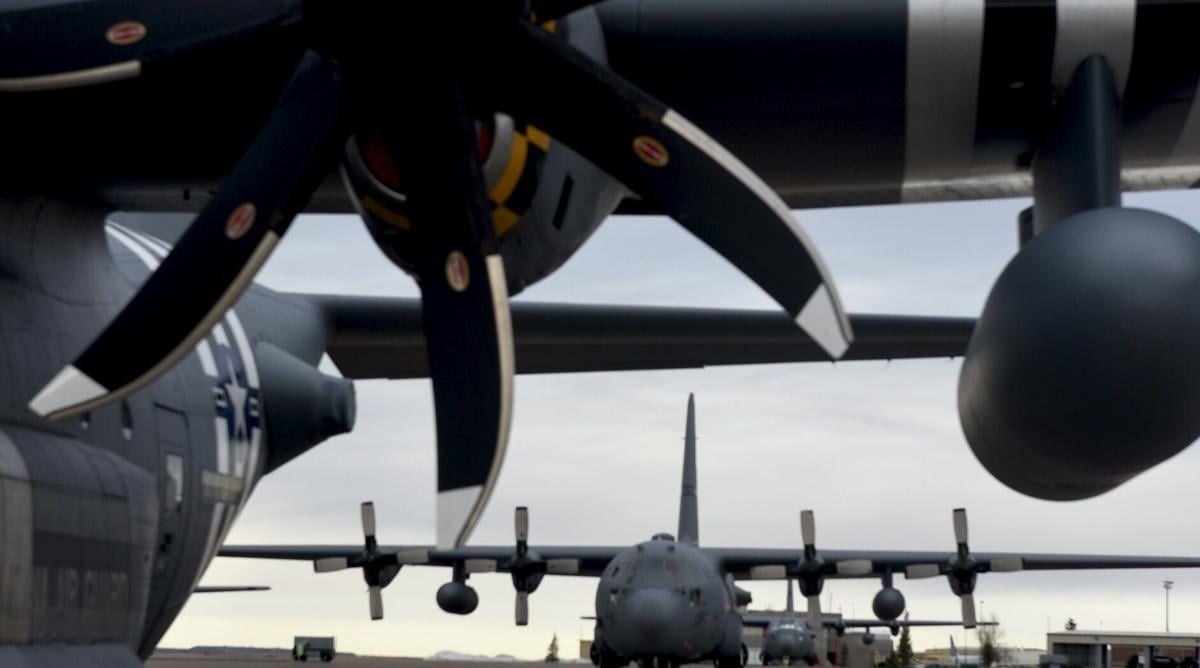
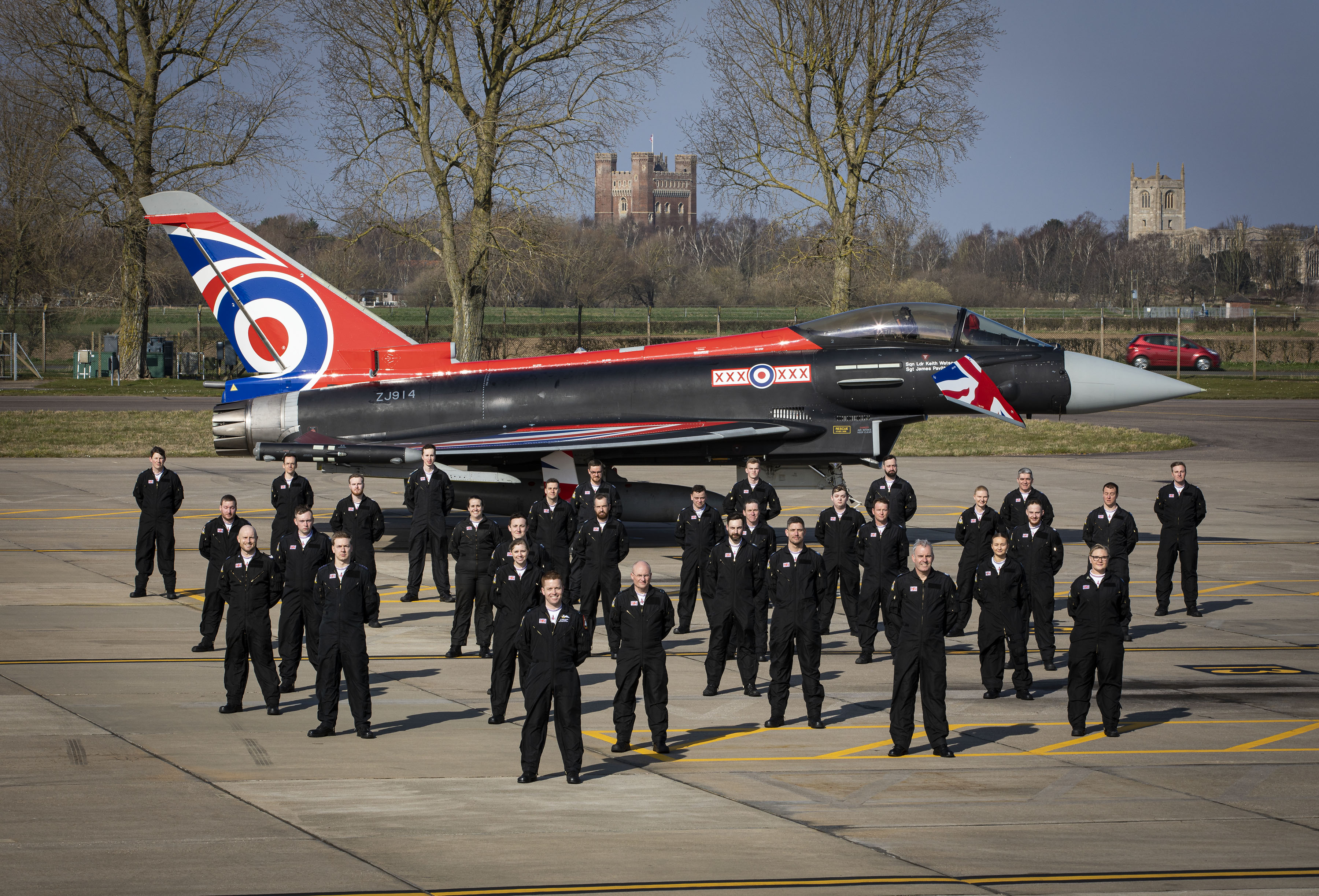

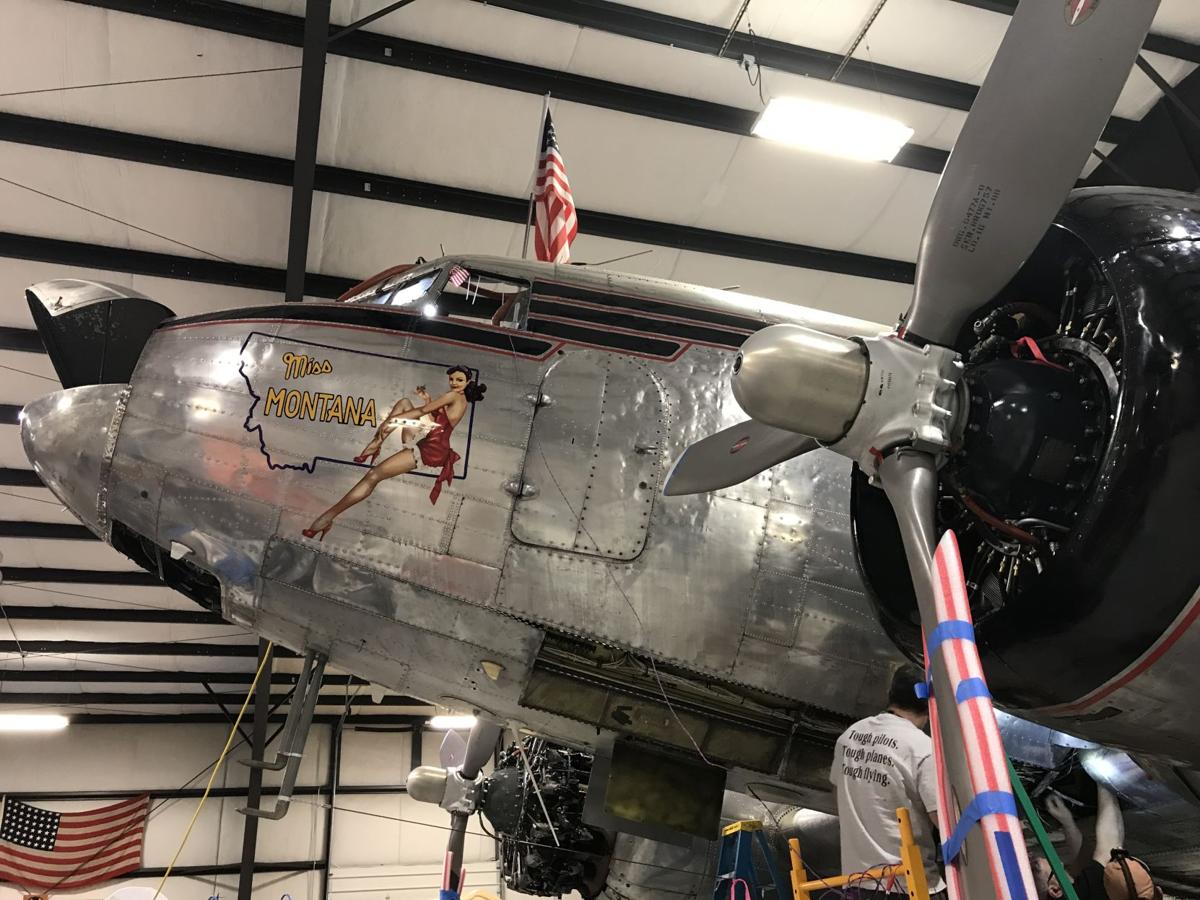


:max_bytes(150000):strip_icc()/enduring-freedom-1171784-5764b1d15f9b58346a15ecee.jpg)
